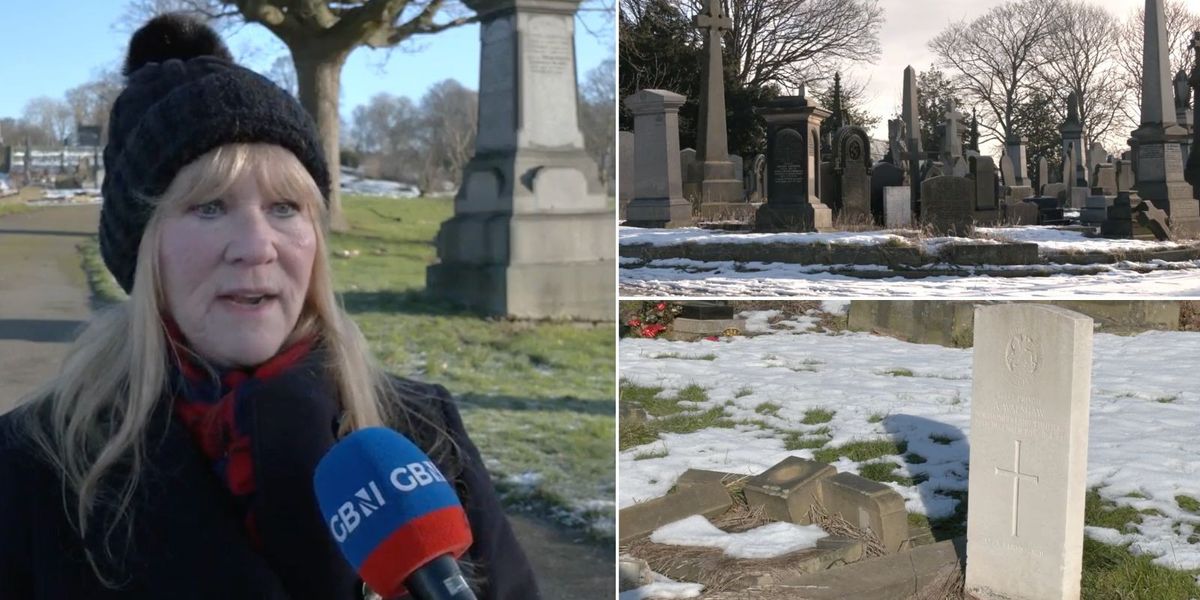Grooming gangs: the making of a scandal
Spiked ^ | 19 Jan, 2025 | Tim Black
Posted on 01/19/2025 10:05:04 AM PST by MtnClimber
How elite fears of social unrest and accusations of racism led the state to look away from industrial-scale abuse.
Thanks to the numerous local inquiries and court cases, this much we do know about the grooming-gangs scandal. From at least the 1990s and likely long before then, criminal networks prostituted, raped and tortured thousands of young girls in towns and cities across the UK. And the authorities, despite being aware of what was happening, did very little to intervene.
The sites of the abuse may differ – significant gangs have been identified and partially prosecuted in Bradford, Derby, Newcastle, Oxford, Telford, Rotherham, Oldham, Birmingham, Rochdale and many more places. But we know that the pattern of offending remains similar. Groups of men working in or around the nighttime economy target 11- or 12-year-old girls, often from challenging backgrounds. They pose as their ‘boyfriends’. They ply them with drink and drugs. Then over months and years they rape them. They pimp them out for sex with other men. They beat and threaten them.
These organised abusers have left a trail of human devastation across parts of the UK that we are still to come to terms with.
But we also know something else about grooming gangs: the perpetrators are mostly of Pakistani heritage, while the victims are overwhelmingly white. For our political and cultural elites, this has been treated as something to be squeamish about, ‘an awkwardly inescapable part of the story’, as one Guardian columnist put it.
Yet the ethnic identity of the perpetrators is not merely an ‘awkward part of the story’. Their ethnic identity is integral to the scandal itself. This is not, as racists are desperate to imply, because the horrendous actions of these particular men show how wicked and anti-white all Pakistani people are – cue despicable talk of mass deportations, etc. No, it’s because the predominant ethnic identity of the perpetrators is precisely what fuelled the state’s shameful, years-long reluctance to tackle the problem of grooming gangs in the first place.
This is what makes it such an epoch-defining scandal. Not just the violent, sexual exploitation of thousands of young girls, but also the authorities’ long-standing failure to stop it. Because, thanks to the ethnic identity of the perpetrator, they feared doing so would provoke accusations of racism. That it would stoke tensions in already racially divided towns. So they looked the other way. The abusers were emboldened, empowered even. And the victims were betrayed.
There is now little question that local constabularies, councils and other state agencies were aware of the horrific offences being committed right under their noses from at least the late 1990s onwards. Take Tom Crowther KC’s four-volume report into child sexual exploitation in Telford, Shropshire, which was published in 2022. Crowther notes that there was widespread awareness that gangs of largely Pakistani or ‘Asian’ men were systematically sexually abusing youngsters at least as far back as the 1990s. It was ‘commonly known among police officers, police civilian employees, and the public’, he writes.
What’s more, the police’s intelligence system had compiled copious reports on the gang-led sexual abuse of youngsters, but had failed to act on any of them. ‘At least between February 1997 and July 1999’, he writes, ‘no steps were taken to assess, investigate or disrupt what I consider to have been obvious patterns of organised and serious sexual offending against children’. The cost of Telford’s authorities’ negligence is staggering. In 2018, the Mirror reported that there could be as many as 1,000 victims of Telford’s grooming gangs. Surveying the evidence, Crowther conceded that number was ‘conservative, or in the words of one witness, “tame”’.
Then there’s Alexis Jay’s 2014 inquiry into child sexual exploitation in Rotherham, which looked at the period 1997 to 2013. Social workers told the inquiry that they had come across examples of what they called ‘child prostitution’ at the hands of groups of ‘Asian’ men from the early to mid 1990s onwards. Indeed, local youth workers had even responded to the problem of girls in local residential care units being targeted by criminal gangs by establishing a project called Risky Business. That was in 1997. Working with other agencies, Risky Business soon identified over 80 under-18s who were being prostituted. Yet those referrals, like so many future ones, seemingly went nowhere. As in Telford, the cost of such negligence is shocking. The Jay report put the number of grooming-gangs victims in Rotherham at over 1,400 – a figure Jay, like Crowther, felt was ‘a conservative estimate’.
Across the Pennines in Rochdale, it was a similar story. In a 2024 report on ‘non-recent child sexual exploitation’ in the town, it was revealed that councillor Sara Rowbotham – as part of an NHS sexual-health service known as the Crisis Intervention Team – had repeatedly told the police and children’s care services about the organised sexual exploitation of vulnerable youngsters in the mid-2000s. She told the inquiry her team had shared a wealth of information to suggest kids were being sexually exploited by an organised crime gang led by two professional criminals operating out of two takeaways. Again, those tasked with protecting these at-risk young people ‘failed to respond appropriately’.
Which is one way of putting it. While the care service was complacent and local councils wilfully downplayed the significance of the gangs, the police treated the gangs’ victims with active disdain. According to a 2002 Home Office report on tackling prostitution, young women in Rotherham complaining of sexual abuse were being ‘threatened with arrest for wasting police time’.
The countless individual stories of victims’ treatment are truly shocking. The Jay report tells of the experience of ‘Child A’ who was just 12 when, according to her case file, she began associating with ‘a group of older Asian men and possibly taking drugs’. She told the police that she had had sex with five adults, two of whom were given cautions. But the police refused to see this for the sexual abuse it clearly was. In the absurd words of one senior detective, the child had been ‘100 per cent consensual [sic] in every incident’.
Then there’s the case of a then 12-year-old girl referred to as ‘Child H’. She told her care workers that she and another child had been sexually assaulted by a gang of men. She was later found drunk in the back of a car with a man who had indecent photos of her on his phone. Yet just three months later, her care worker concluded she was not at risk of sexual exploitation. A few weeks later, the police found her and another child in a derelict house with a group of men. She was arrested for being drunk and disorderly, while the men were let go without charge....SNIP
TOPICS: Society
KEYWORDS: islam

Click here: to donate by Credit Card
Or here: to donate by PayPal
Or by mail to: Free Republic, LLC - PO Box 9771 - Fresno, CA 93794
Thank you very much and God bless you.
1 posted on 01/19/2025 10:05:04 AM PST by MtnClimber
To: MtnClimber
This is a “Long Read” article. I posted only a portion.
2 posted on 01/19/2025 10:05:16 AM PST by MtnClimber (For photos of scenery, wildlife and climbing, click on my screen name for my FR home page.)
Disclaimer: Opinions posted on Free Republic are those of the individual posters and do not necessarily represent the opinion of Free Republic or its management. All materials posted herein are protected by copyright law and the exemption for fair use of copyrighted works.
FreeRepublic.com is powered by software copyright 2000-2008 John Robinson

 By Free Republic | Created at 2025-01-19 18:05:53 | Updated at 2025-01-19 20:47:40
2 hours ago
By Free Republic | Created at 2025-01-19 18:05:53 | Updated at 2025-01-19 20:47:40
2 hours ago








